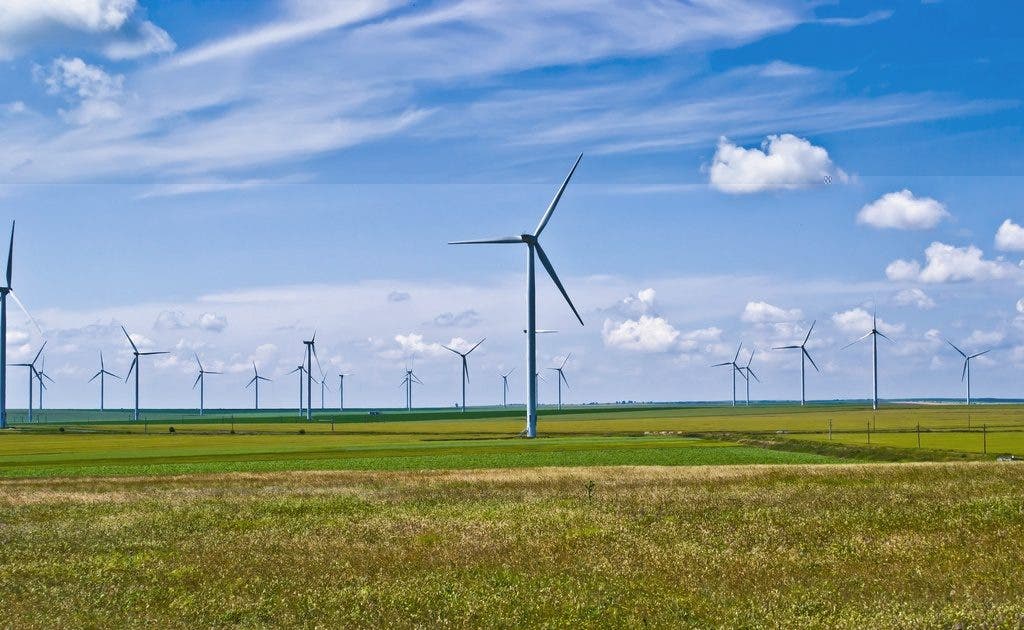Renewable energy is continuing its surge. Three days ago, 19.8% of European electricity demand was met by wind energy.

A secondary record was also reported. There was never as much offshore wind energy in Europe — 11484 MW were generated across the continent, as reported by the industry group Wind Europe on its website. Over the entire day, onshore wind produced 1,360GWh of electricity and offshore wind 251GWh of electricity, in a rather steady course over the day.
These are the countries with the highest shares of wind in their electricity production:
1. Denmark: 83% = 74 GWh
2. Ireland: 54% = 51 GWh
3. Germany: 42% = 576 GWh
4. Portugal: 29% = 39 GWh
5. United Kingdom: 29% = 210 GWh
6. Netherlands: 25% = 72 GWh
7. Spain: 24% = 160 GWh
8. Belgium: 19% = 40 GWh
9. France: 15% = 166 GWh
10. Italy: 12% = 101 GWh
During that particular day, the combined output of wind and solar was above that of coal and gas.
It’s not the first spectacular day wind has had in Europe. Denmark has had several days where their entire electricity was generated by wind power, which routinely covers over 50% of all electricity demand in the coastal country. Some days, Germany also gets most of its electricity from renewables, though wind is a varying source of energy by excellence. The entire continent is making strides towards improving on the resource, though, in absolute figures, China is the world’s biggest wind energy producer.
Wind power making a difference
There are currently over 341,000 wind turbines on the planet.
According to the Global Wind Energy Council (GWEC), these wind turbines helped the planet avoid more than 637 million tonnes of CO2 emissions, a figure which is expected to greatly rise in following years. In Europe, 90% of newly installed energy is renewable, and the trend shows no signs of slowing down.
Wind is also a good job generator. GWEC says that in the European Union, 520,000 people are expected to be working in the wind industry by 2020. So while wind still provides less than 10% of Europe’s energy demand, it’s growing fast. The EU has set 20% targets for renewable energy by 2020, and it’s on course to reach that goal.






